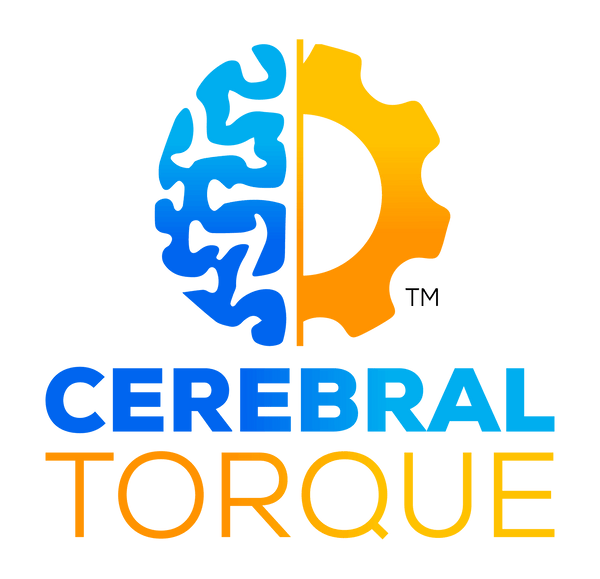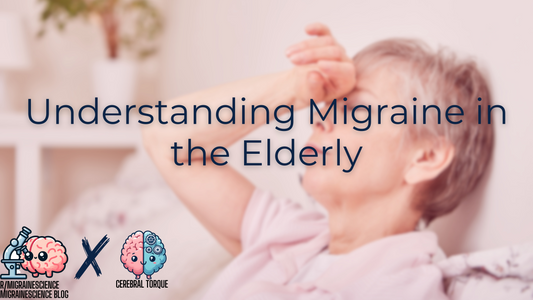
Do I Need Neuroimaging For My Headache?
Cerebral TorqueShare
The choice of imaging modality for different scenarios of headache can be difficult to understand. The ACR Appropriateness Criteria provides general guidance for many common clinical scenarios of headache and their appropriate imaging modality.
https://acsearch.acr.org/docs/69482/Narrative/
To add to this, the red flags that would warrant neuroimaging for headache can be remembered with the mnemonic SNNOOP10.
The SNNOOP10 list has 100% sensitivity in identifying high risk secondary headaches:
https://journals.sagepub.com/doi/abs/10.1177/03331024221120249?journalCode=cepa
(When a test is 100% sensitive, or strongly sensitive, it means that the specificity is lower. And vice versa. Essentially, 100% sensitivity means everyone that does have a secondary high-risk headache will be identified with SNNOOP10 criteria, but some people with NO secondary high-risk headache will also be identified by the same criteria. So low false negatives, but high...er false positives.)
Systemic symptoms (fever, weight loss) - red flag (orange for isolated headache) suggestive of infection or nonvascular intracranial disorder, carcinoid, or pheochromocytoma
Neoplasm in history - consider brain neoplasm or metastasis
Neurologic symptoms or abnormal signs (confusion, impaired alertness or consciousness, focal exam) - consider headaches attributable to vascular or nonvascular intracranial disorders, brain abscess, or other infections
Onset: sudden, abrupt, or split second (first, worst) - consider subarachnoid hemorrhage and other headaches attributable to vascular disorders
Older age at onset (age > 50 years) - consider giant cell arteritis (especially if unilateral pain in temporal area and/o unilaterar vision loss) other headache attributable to cranial or cervical vascular disorders, neoplasms, and other nonvascular intracranial disorders
Pattern change or recent onset of headache - consider neoplasms, headaches attributable to vascular or nonvascular intracranial disorders
Positional headache - consider intracranial hypertension or hypotension
Precipitated by sneezing, coughing, or exercise - consider posterior fossa malformations or Chiari malformation
Papilledema - consider neoplasms and other nonvascular intracranial disorders
Progressive headache and atypical presentations - consider neoplasms and other nonvascular intracranial disorders
Pregnancy or puerperium - consider headaches attributable to cranial or cervical vascular disorders, postdural puncture headache, hypertension-related disorders (such as preeclampsia), cerebral sinus thrombosis, hypothyroidism, anemia, or diabetes
Painful eye with autonomic features - consider pathology in posterior fossa, pituitary region, or cavernous sinus; Tolosa-Hunt syndrome, or ophthalmic causes
Post-traumatic onset of headache
Pathology of the immune system
Painkiller (analgesic) overuse (e.g. medication overuse headache) or new drug at onset of headache
Most migraineurs do not need neuroimaging. In fact, in non-acute cases, headaches only require imaging when, upon performing a neurological exam, there is an abnormal finding or they are atypical headaches/don't fulfill migraine criteria, or there is a red flag.


